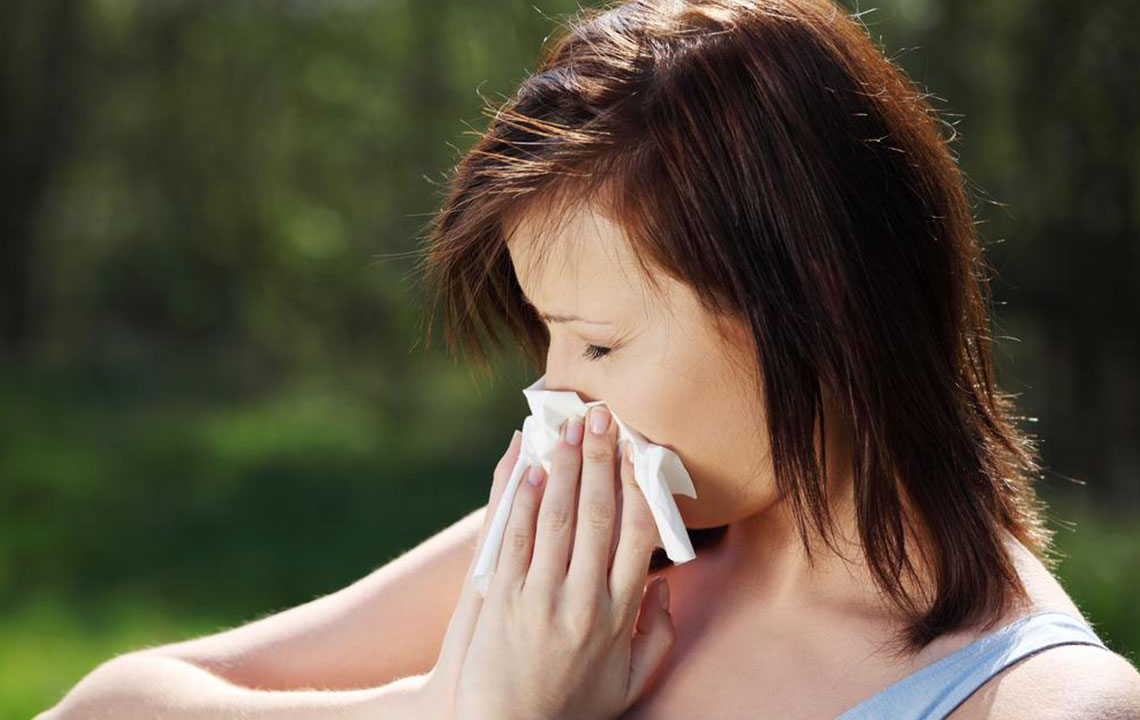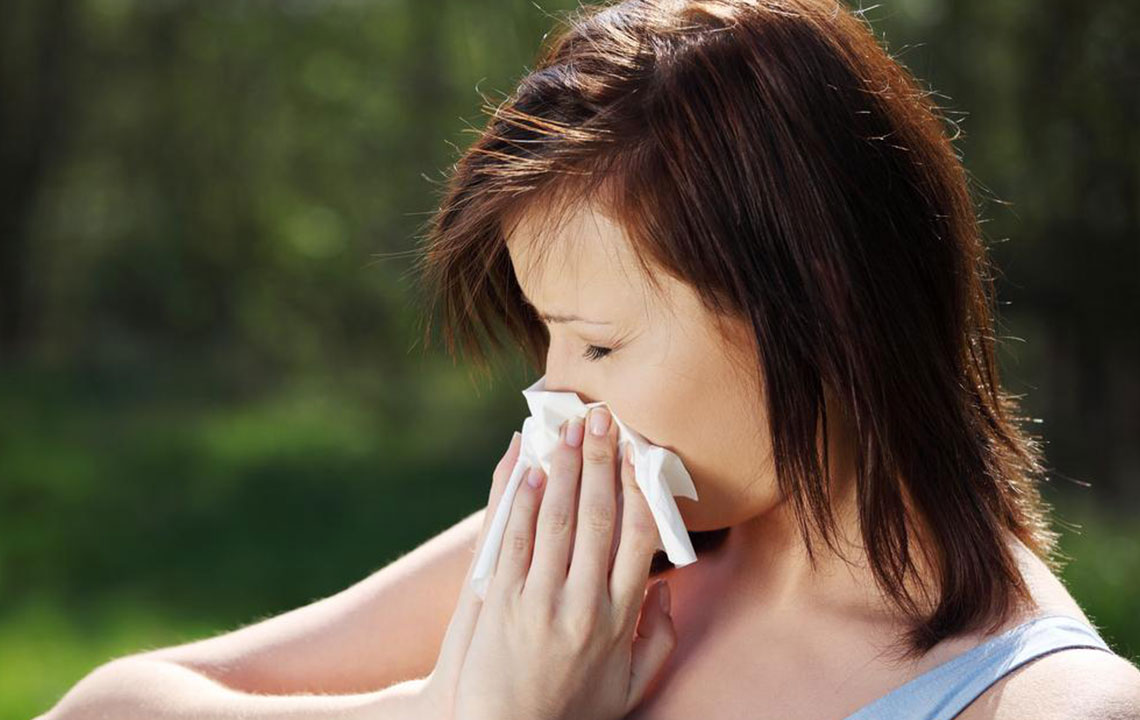Managing Nasal and Other Allergy Types
This article offers comprehensive insights into nasal and other allergies, covering types, common causes, symptoms, and management strategies. It helps readers understand allergy triggers and seek appropriate medical care. Aimed at general audiences, it emphasizes prevention and treatment options to improve quality of life affected by allergies.

Understanding Nasal and Other Allergies
Allergies occur when the immune system overreacts to external substances or allergens. These reactions can happen through ingestion, skin contact, injections, insect stings, or exposure to certain materials. The intensity and type of allergic response vary among individuals. Common allergy categories include:
Food Allergies - Predominant in children but can develop at any age, triggered by foods like eggs, fish, shellfish, nuts, soy, and eggplant. Even long-term consumers can suddenly develop allergies.
Dust Allergies - Common in urban environments with pollution, leading to frequent sneezing.
Pet Allergies - Animal fur or feathers can trigger reactions via inhalation or skin contact, even from a distance.
Latex Sensitivity - Contact with latex items like gloves or footwear can cause reactions, manageable by reducing exposure.
Sinusitis - Millions experience nasal congestion and headaches, often worsened by climate factors.
Mold Sensitivity - Mold growth in damp areas like kitchens or gardens can provoke allergic symptoms upon contact or inhalation.
Seasonal Allergies - Pollen during autumn can cause allergic responses, treatable with medications.
Contact Dermatitis - Skin reactions from cosmetics, dyes, or metals like jewelry.
Other Causes - Certain medications, including anticonvulsants, antibiotics, and NSAIDs, can induce allergic reactions such as hives or breathing issues.
Causes of Allergies - Factors include age, birth mode, asthma history, family genetics, and sunlight exposure. Common allergenic foods are fish, shellfish, dairy, eggs, nuts, wheat, soy, and certain vegetables like eggplant or celery.
Other triggers involve medications like antibiotics, exposure to animal fur or saliva, chemicals in skincare, mold in damp spaces, and insect bites. Seasonal changes and contact with materials such as latex, metals, or chemicals can also provoke allergies.
Signs and Symptoms - Inhaler-related symptoms include sneezing, sinus pressure, runny nose, itchy eyes, and cough. Food allergies may cause nausea, vomiting, or skin rashes. Severe reactions like anaphylaxis could present with dizziness, rapid pulse, or low blood pressure.
Managing Allergies - Avoid known triggers and consult healthcare providers for diagnosis and treatment. Options include antihistamines, nasal sprays, epinephrine injections, immunotherapy, and allergen avoidance strategies.
Note: This information aims to inform but should not replace professional medical advice. Always seek personalized treatment from healthcare specialists. The content might not cover all available treatments or latest developments.










